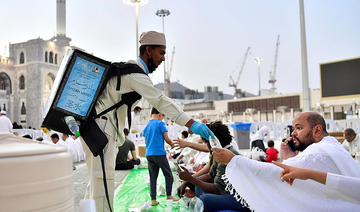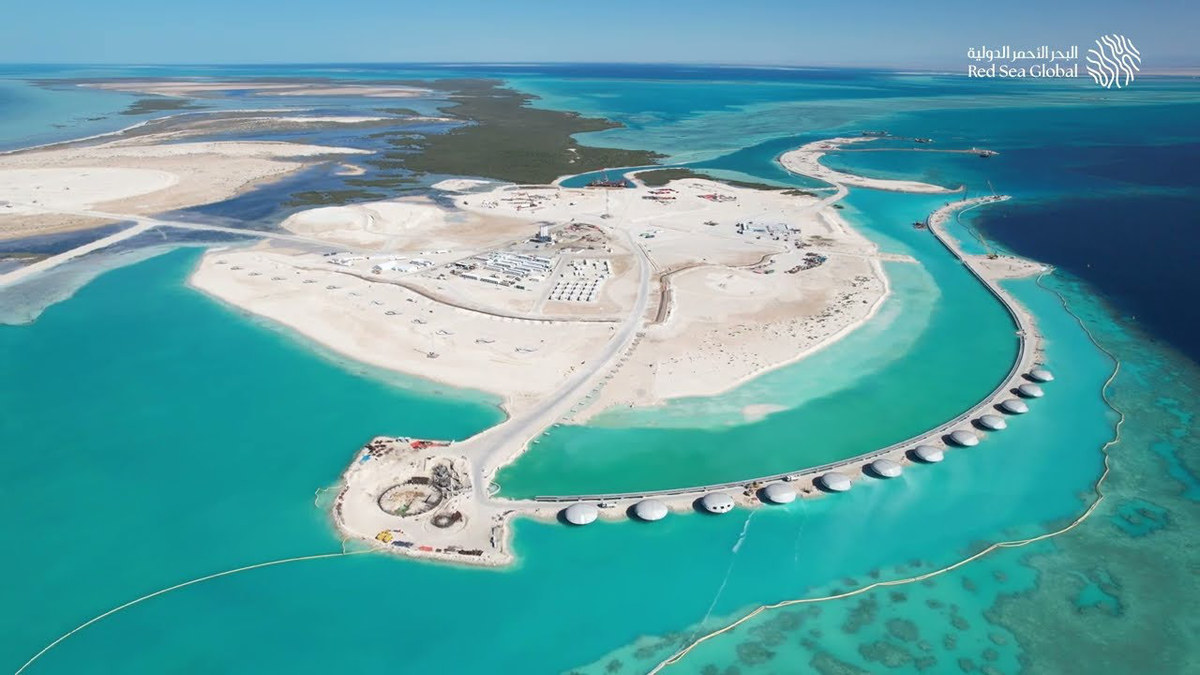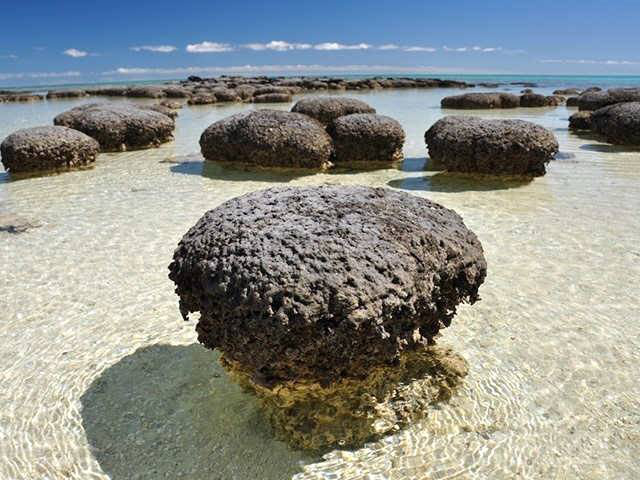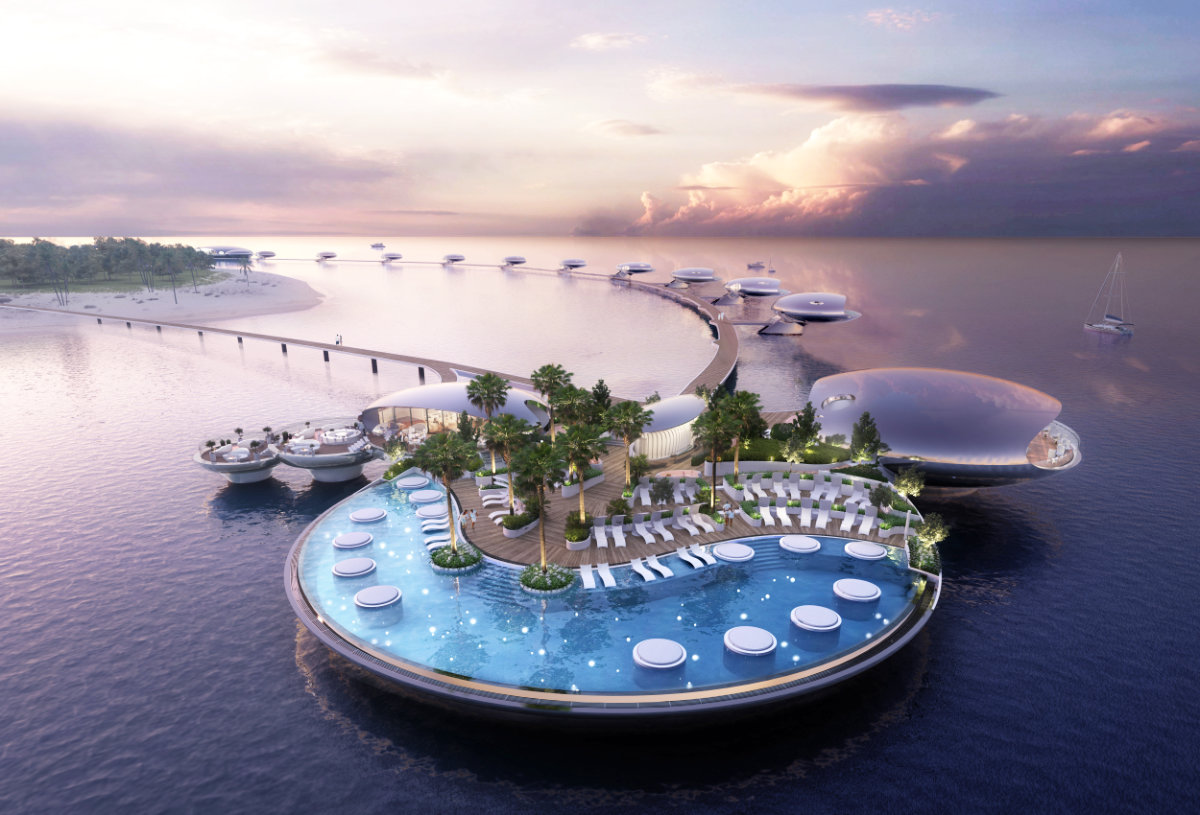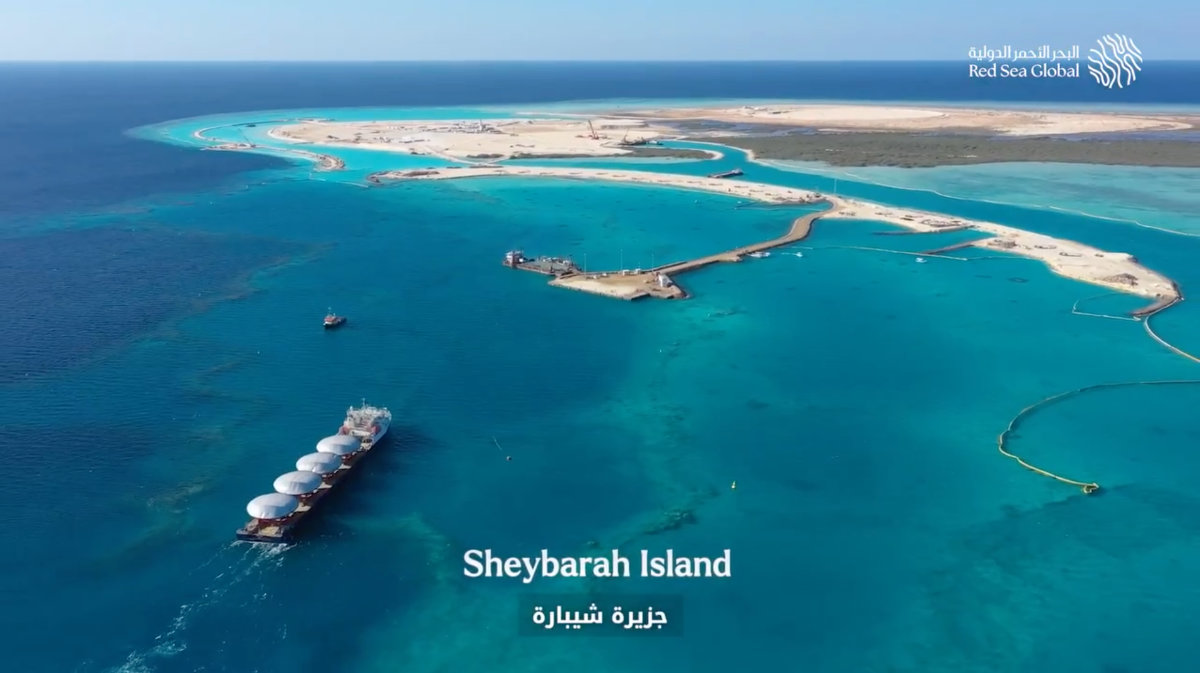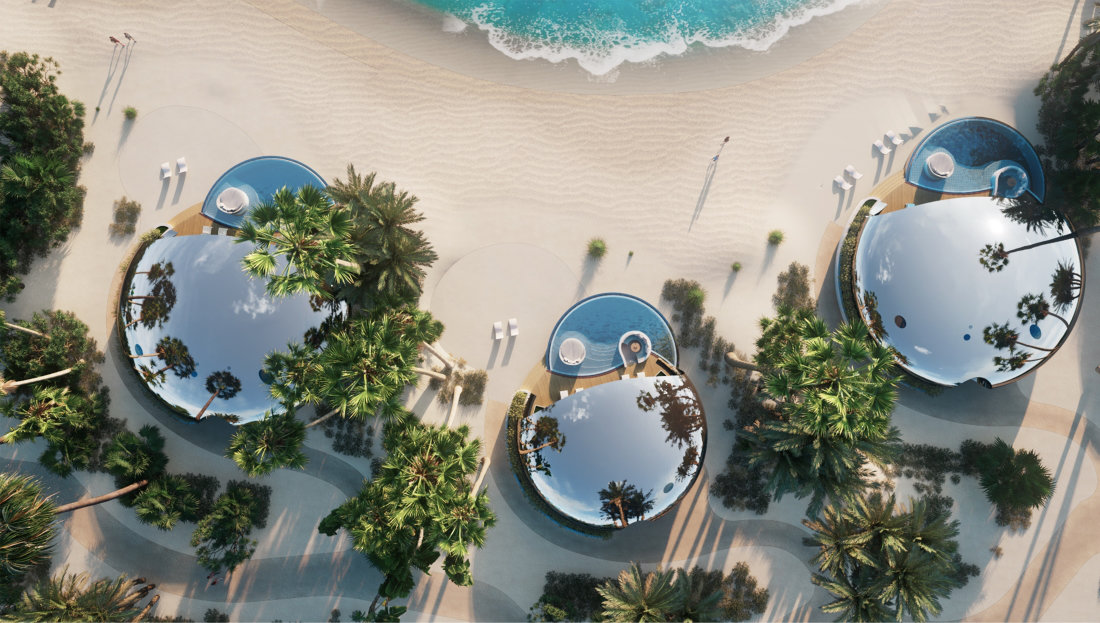ALKHOBAR: They say all good things come in threes, and Alkhobar has triple the options to offer foodies an elegant gastronomic experience while soaking in the corniche sunset this Ramadan.
After nearly three years since the beginning of the lockdown, these clusters of restaurants by the sea opened on Saudi Arabia’s first Founding Day, aiming to transport diners to three contained destinations in Al-Matal complex: France on the ground floor, Japan on the second and Greece on the third.
Following the successful launch of these three remarkable restaurants in February, charismatic Chef Marios George and the Cavadore Group are offering tantalizing options with their refined hospitality for the holy month of Ramadan. In partnership with Abdul Aziz Al-Moajil, his brother Saad and their father Mohammed Saad, vice chairman of the Al-Moajil Group, they have created another reason for the world to visit Alkhobar.
I kept in mind that these restaurants are in Saudi Arabia, and we have a few rules that we should keep, so I tried to extract inspiration from the country each restaurant came from, while also keeping in mind the modesty and cultural sensitivities of my own country, where these restaurants are now located.
Haifa Al-Sudairi, Fashion designer
Be transported to the streets of Paris this Ramadan, with an elegant French-style iftar at Belgravian Brasserie from Maghrib to 1 a.m. daily. The menus include everything from French toast to roast chicken. They also offer curated Ramadan gift hampers for pre-order such as an elegant basket with an array of freshly baked cakes, handcrafted chocolates, chocolate-dipped dates, pastel-colored pillowy macarons and sparkling tea, deemed the best “high-end non-alcoholic product” on the market today.

Haifa Al-Sudairi,
Fashion designer
Break bread at Hellenika from sunset until 8 p.m. The iftar menu is served family-style on the table, with platters to pass around, showcasing a mouth-watering selection of Greek and Middle Eastern dishes, including traditional dips, refreshing crisp salads and hot grills. Between 9:30 p.m. and 1:30 a.m., Hellenika hosts a convivial sahoor, featuring an à la carte menu of popular Greek dishes and traditional live music that will capture the spirit of the season. The restaurant is inspired by the Greek islands and Aegean Sea.
The Cavadore Group’s acclaimed Japanese restaurant Nozomi offers an enchanting Ramadan retreat, decorated with lanterns, candles and floral arrangements that honor this holy month. Open only for sahoor, the restaurant offers foodies the chance to sample tantalizing offerings from 9:30 p.m. until 2:30 a.m. Nozomi was chosen because of this generation’s love for the structured Japanese style of food.
All restaurants are considered to be on the higher end of the price point. They also have rooms for private events, which have been very popular with employees and dependents of Aramco and for birthday parties.
“I went to Saudi in 2011, and I saw just how passionate everyone was and thought, let’s put a restaurant here,” Chef George told Arab News. “I’m a huge believer in, ‘Build it and they will come.’ I believe Alkhobar is a very important city. You’ve got some huge industries there. You’ve got some fabulous big families.”
George said he was impressed by the “sophisticated palate” in Alkhobar because it is adjacent to Bahrain with the many fine eateries there and only a car ride away from Riyadh. Until these restaurants opened up, foodies have had to travel to other locations to get their fix. Now, it’s in their backyard.
“In Saudi, we can do grand things. In London, we have to do things in smaller places; 600 square meters in London is considered a big restaurant, right? Here, we built three restaurants at 1,200 square meters each. That sets a pattern for the region. It’s not just about money. If it makes a statement, we bring something that adds to the culture, which is the wealth of the region,” George said.
Way before work began on the design of the restaurants, the company strategically set up the infrastructure by creating a company first to import certain products, such as the olive oil that comes from one olive oil plantation in Greece, which was listed as the No. 1 olive oil in the world for the past five years. This enabled them to hold a powerful position to ensure continuity of the experience and quality control so that customers could enjoy consistent excellence on the plate each time they visited.
Next, they are establishing an academy based in Alkhobar to train Saudis, especially women, who want to work in the restaurant business. They will offer support and resources to enable eager Saudis in the area to acquire the necessary skills.
“We’re going to open in Riyadh soon. But my father mentioned that if I wanted to start a company, I would have to start in the Eastern Province because we live here. We love the city, and we love the people. So, we have to add to our city before adding to other cities in Saudi Arabia,” Abdul Aziz told Arab News.
“As a managing director and CEO, it would not have happened without the support from my father and my brother, Saad. They believe in my goal — it’s a family kind of community,” he said.
In keeping with the Alkhobar roots, all of the elegant clothing worn by the women at the reception were designed by local fashion designer Haifa Al-Sudairi.
“When I started to design, I asked the owners to send their renderings, colorings — everything from A-Z. I kept in mind that these restaurants are in Saudi Arabia, and we have a few rules that we should keep, so I tried to extract inspiration from the country each restaurant came from, while also keeping in mind the modesty and cultural sensitivities of my own country, where these restaurants are now located. I’m so honored to have designed the reception clothing for these wonderful restaurants and so proud that we have such offerings in our dear city of Alkhobar,” Al-Sudairi said.
In keeping with the theme of family and community building, the organizers are hosting a monthly high tea in which they will invite one woman of note in the region to be interviewed. Al-Sudairi will be the first woman in this series of talks when they launch after Eid.








